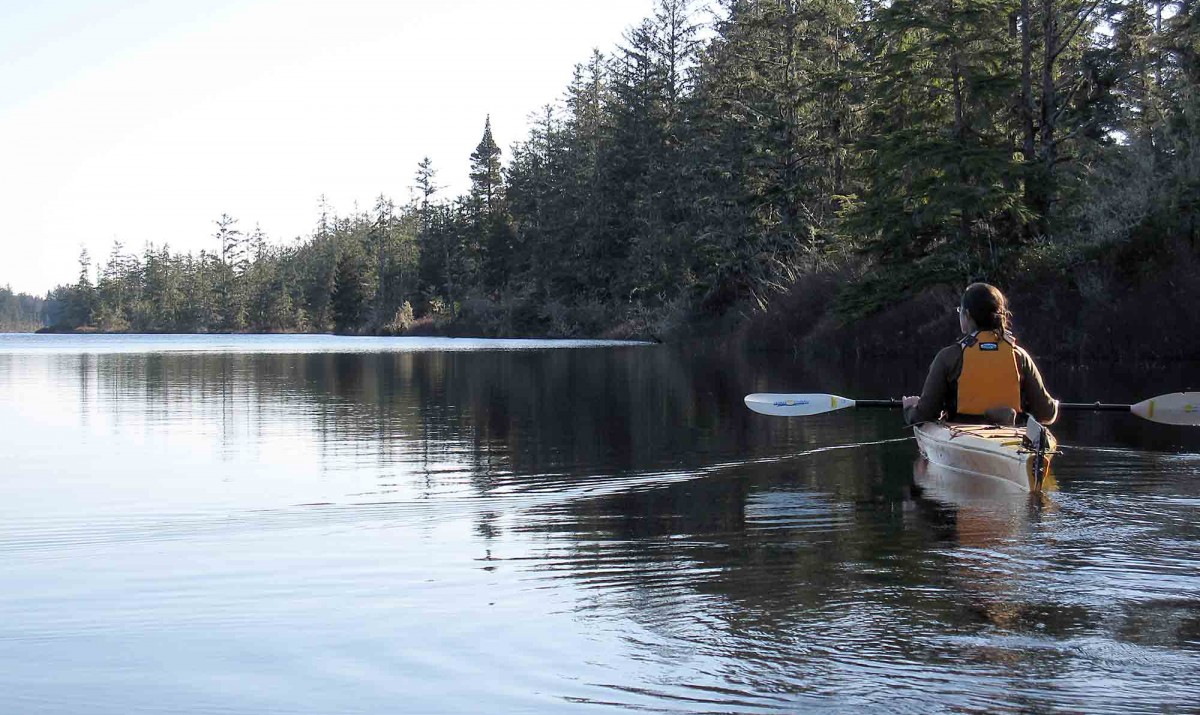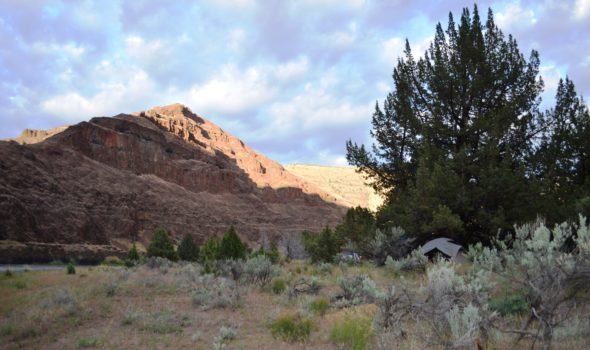The Big Picture
Encompassing more than 260 square miles , Willapa Bay is the second-largest estuary on the Pacific Coast and is very much a Northwest treasure. Columbia Land Trust conserved its first property on Long Beach Peninsula in 2001—a small property around Hines Marsh, a 900-acre wetland often billed as the largest “interdunal wetland” on the West Coast. Conserving lands that protect drinking water, wildlife areas, and rare habitats motivate our work here.
Why It Matters
Thanks to low population density and a lack of industrial development, wildlife still thrives on the Long Beach Peninsula and in Willapa Bay. More than 100,000 shorebirds rest and feed during the spring migration; five salmon species pass through the bay en route to natal rivers on the east side of the bay; green and white sturgeon, those bizarrely prehistoric fish, find refuge in the bay itself. The waters of Willapa Bay are relatively pristine, but pristine doesn’t mean unchanged of course. Invasive species, such as spartina, are a constant threat to area waters. By protecting freshwater wetlands, we’re not only protecting wildlife habitat, but also the peninsula’s drinking water, essential to local economies and human health.

